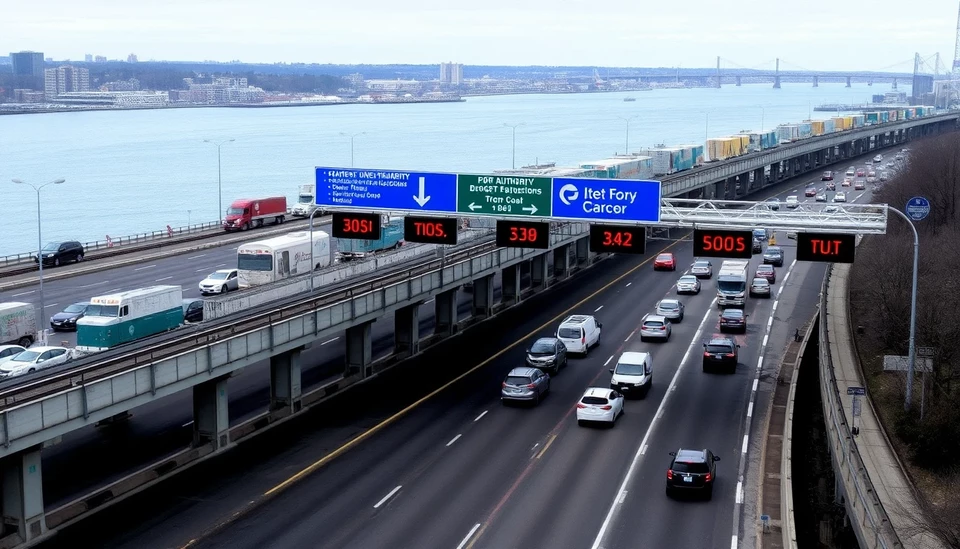
In a surprising turn of events, recent memos from the U.S. Department of Transportation (DOT) have unveiled a controversial new policy that ties federal funding for transportation projects directly to demographic metrics, particularly birth rates and marriage statistics. This policy aims to address concerns about declining population growth in certain regions while simultaneously ensuring that transportation infrastructure aligns with community needs.
The memos indicate that regions experiencing stagnation or decline in their population metrics will face stricter qualifications for federal transportation funding. This means that areas with higher birth rates and stable marriage patterns may be prioritized for grants and loans, raising ethical and political questions about the implications of such a criterion. Advocates of the policy argue that it encourages family stability and community cohesion, while detractors worry it could marginalize areas that do not share the same demographic characteristics.
Transportation Secretary Jane Doe highlighted the rationale behind this decision during a press briefing, stating, "We need to ensure that our transportation infrastructure serves communities that are thriving. By looking at birth rates and marriage trends, we can better allocate our resources to support sustainable development." This statement underscores the belief that demographic factors heavily influence transportation needs and future planning.
Critics, including several civic leaders and sociologists, have voiced their concerns regarding the potential societal implications of such a policy. They argue that linking funding to family dynamics could disproportionately affect urban areas, which often showcase more diverse and non-traditional family structures. Furthermore, opponents assert that this could lead to risky, exclusionary practices that overlook vital transportation needs in economically disadvantaged or unstable regions.
The memos also suggest that the DOT may commission studies to better understand the link between demographics and transportation needs. These studies could play a significant role in informing future policies and funding allocations. Nevertheless, the current administration's approach has sparked a debate about the ethical considerations of employing demographic criteria to determine access to essential public infrastructure.
As the implementation of this policy moves forward, advocates on both sides of the aisle are gearing up for heated discussions in congressional hearings. The debate will likely center on how best to achieve balanced infrastructure development without alienating particular communities, as well as the moral implications of defining 'thriving' in such narrow demographic terms.
This evolving situation will certainly continue to draw attention from policymakers, urban planners, and sociologists alike, as the implications of these memos will reverberate across community planning and economic development for years to come.
For now, stakeholders are left to ponder how this policy will affect regional development, funding opportunities, and the future of transportation across the United States.
#TransportationPolicy #BirthRates #MarriageTrends #PublicFunding #Demographics #Ethics #CommunityDevelopment #Infrastructure #SocioEconomicImpact
Author: Peter Collins




